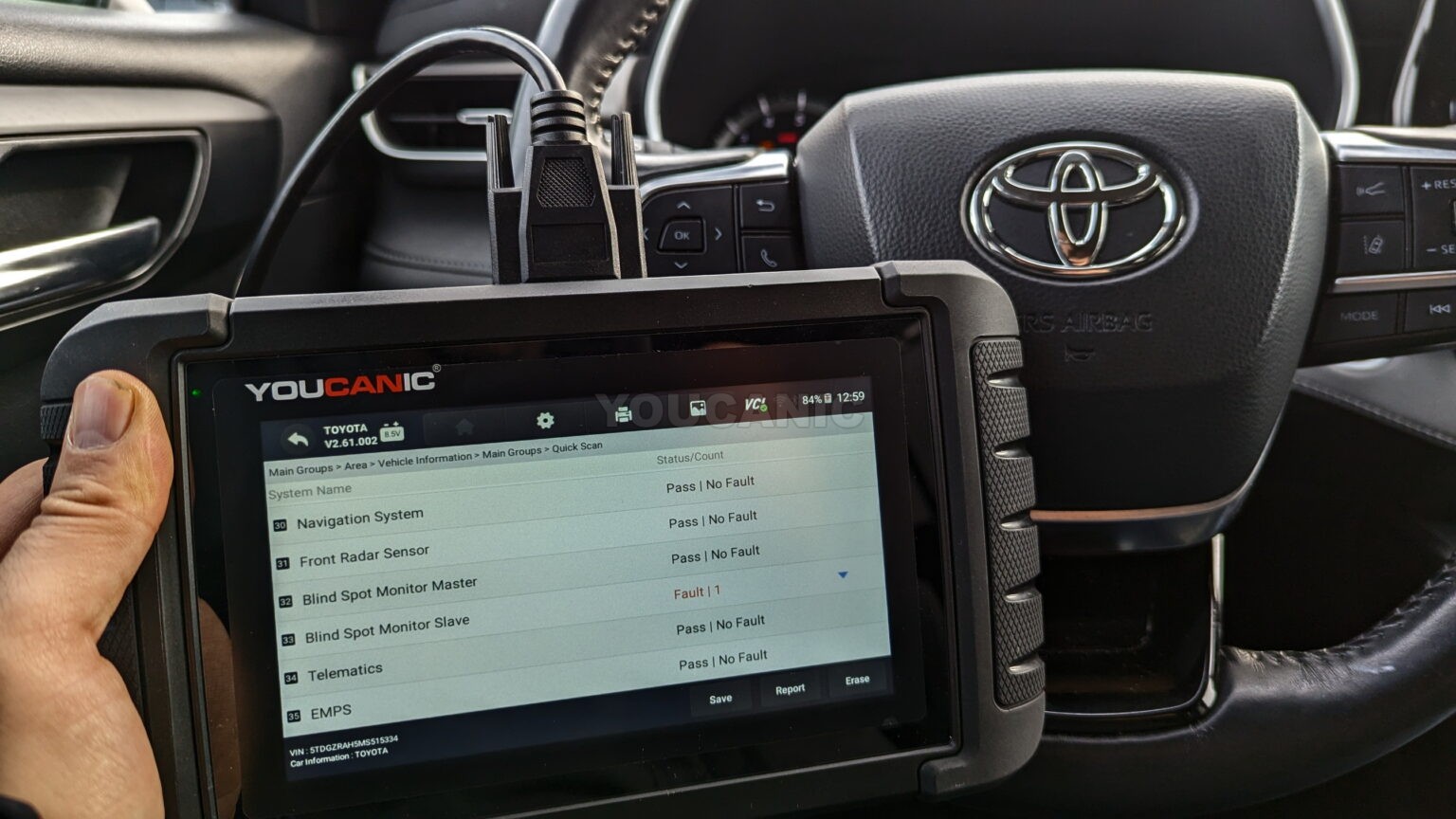Why Is My Catalytic Converter Glowing Red

That eerie red glow emanating from underneath your car – the sight of a red-hot catalytic converter – is rarely a welcome one. Traditionally, it's a sign something's seriously wrong with your engine's combustion process, sending unburnt fuel into the exhaust system where it ignites within the converter, overheating it. But as the automotive landscape shifts dramatically, understanding the root causes and implications of this phenomenon requires a fresh perspective, especially considering the rise of electric vehicles (EVs), advanced hybrid systems, and increasingly sophisticated engine management technologies.
The Traditional Culprits – Still Relevant?
In the internal combustion engine (ICE) world, a glowing catalytic converter usually points to a handful of well-known issues. These include:
- Overly rich fuel mixture: Too much fuel and not enough air leads to incomplete combustion, sending unburnt hydrocarbons into the exhaust.
- Misfires: One or more cylinders failing to fire properly dumps raw fuel into the exhaust stream.
- Faulty oxygen sensors: Incorrect readings from these sensors can disrupt the fuel-air ratio, leading to a rich condition.
- Vacuum leaks: These can lean out the mixture in some cylinders and richen it in others, creating combustion imbalances.
While these problems remain relevant for gasoline-powered vehicles, their presentation and resolution are evolving. Modern engine control units (ECUs) are far more adept at detecting and compensating for these issues. However, the increasing complexity of engine design – think direct injection, variable valve timing, and turbocharging – introduces new potential failure points and diagnostic challenges. Furthermore, aftermarket modifications, particularly those that bypass or alter factory engine mapping, can dramatically increase the risk of catalytic converter overheating, even on newer vehicles.
Hybridization and the Catalytic Converter: A New Dance
Hybrid vehicles present a unique set of considerations. While they utilize ICEs, these engines operate under significantly different conditions compared to purely gasoline-powered cars. Frequent engine start-stop cycles, combined with regenerative braking, can impact the catalytic converter's operating temperature and efficiency. Moreover, the increased complexity of hybrid powertrains, involving multiple sensors, controllers, and electric motors, introduces new potential points of failure that could indirectly affect exhaust emissions and converter temperature.
For example, a malfunctioning battery management system could lead to erratic engine operation, inadvertently creating a fuel imbalance. Similarly, issues with the regenerative braking system could affect engine load and exhaust gas temperature. Diagnose hybrid vehicle issues always requires specialized tools and expertise, especially when dealing with potential catalytic converter problems.
The Electric Vehicle Revolution: End of the Line for Catalytic Converters? Not Quite.
The rise of EVs is often touted as the end of the ICE and, therefore, the catalytic converter. While this is undoubtedly the long-term trend, the transition will be gradual. Millions of gasoline and hybrid vehicles will remain on the road for years to come, requiring maintenance and repairs, including catalytic converter replacements. Moreover, the manufacturing process of EVs themselves can generate emissions that need to be addressed. This includes the production of batteries, which involves mining and processing raw materials. There may be new catalytic converter technologies in these areas.
Furthermore, the infrastructure required to support widespread EV adoption – power plants, charging stations, grid upgrades – also has environmental implications. A holistic approach to sustainability demands that we consider the entire lifecycle of vehicles, from production to disposal, not just tailpipe emissions. Even in a future dominated by EVs, catalytic converter technology will likely play a role in managing emissions from other sources.
Smart Automotive Solutions and Predictive Diagnostics
One of the most exciting developments in the automotive industry is the integration of smart technology and predictive diagnostics. Modern vehicles are equipped with an array of sensors that constantly monitor engine performance, emissions, and other critical parameters. This data can be analyzed in real-time to identify potential problems before they lead to catastrophic failures, such as a glowing catalytic converter.
Imagine a future where your car proactively alerts you to a developing issue, such as a slightly rich fuel mixture, allowing you to address it before it damages the catalytic converter. Or perhaps the car automatically adjusts its engine parameters to compensate for the problem, preventing overheating altogether. This is the promise of predictive diagnostics, and it's becoming increasingly feasible with the advent of cloud connectivity, machine learning, and advanced sensor technology. The potential for reducing emissions, improving fuel efficiency, and extending the lifespan of automotive components is enormous.
Challenges and Opportunities Ahead
The automotive industry is in the midst of a profound transformation. While the transition to electric mobility is inevitable, it's not without its challenges. These include:
- Battery technology limitations: Range anxiety, charging times, and battery lifespan remain key concerns for consumers.
- Infrastructure gaps: The lack of widespread charging infrastructure is a significant barrier to EV adoption.
- Resource constraints: The mining and processing of raw materials for batteries raise ethical and environmental concerns.
- Affordability: EVs are still generally more expensive than comparable gasoline-powered vehicles.
Overcoming these challenges will require sustained investment in research and development, collaboration between industry and government, and a commitment to sustainable practices. However, the potential rewards are immense – a cleaner, more efficient, and more sustainable transportation system for all.
A Vision for the Future of Mobility
Looking ahead, the future of mobility is likely to be characterized by a combination of electric vehicles, advanced hybrid systems, and highly efficient internal combustion engines. Autonomous driving technology will further transform the way we travel, reducing congestion, improving safety, and enhancing accessibility. The automotive industry is evolving into a mobility ecosystem, where vehicles are seamlessly integrated with our lives, providing on-demand transportation, personalized services, and a more sustainable future. The red glow of a catalytic converter, once a harbinger of doom, might one day be a distant memory, replaced by the silent hum of electric propulsion and the seamless connectivity of a truly smart automotive world.
